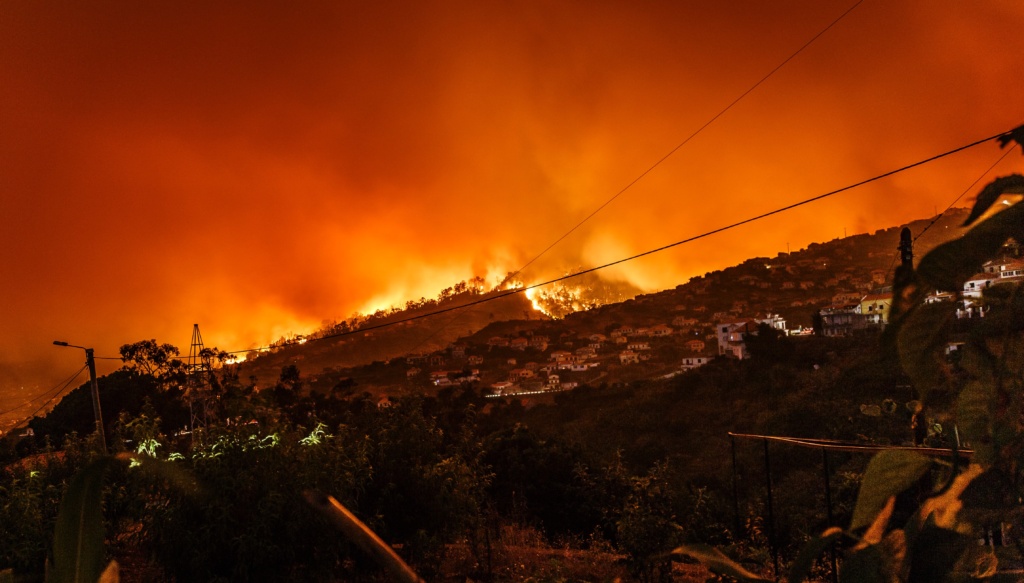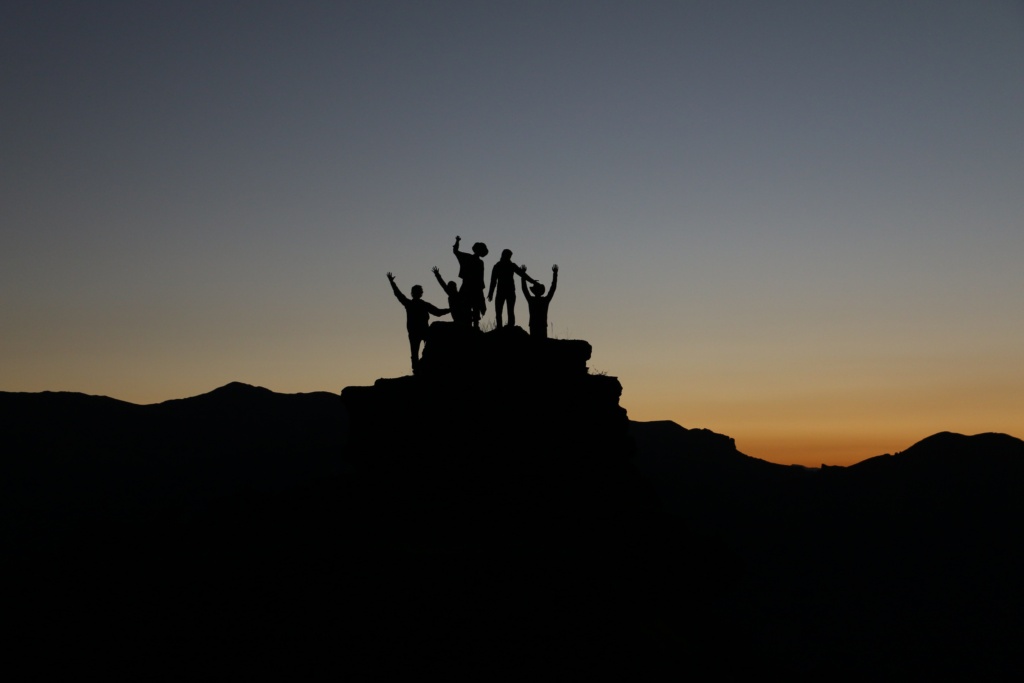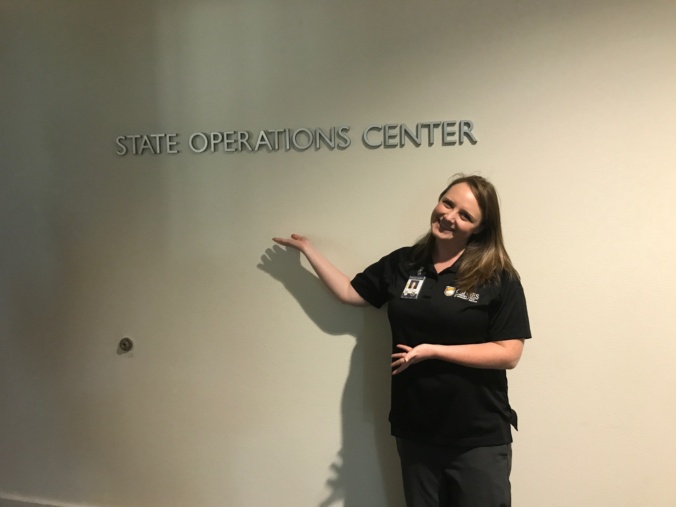Last week amidst the continued frenzy of the COVID-19 response, I hit a big milestone: my three year anniversary working for the California Governor’s Office of Emergency Services (CalOES). This is a milestone I’ve come close to at a couple different jobs but have never surpassed. Prior to this position all of my experience comes from the local and campus level (and a touch of private & NGO sectors). When I set out on this journey three years ago, I wasn’t quite sure what it would bring. I was hoping to gain response experience (big check) and gain a broader understanding of emergency management functions over multiple jurisdictions (check). Today I’m reflecting on what the major lessons and takeaways have been thus far.

The Heartbeat of Incident Response
The past three years have been some of the very busiest response years in the state’s history. My first 6 months were eerily quiet, but ever since then we haven’t stopped engaging in either response or recovery. We saw some of the state’s largest wildfires and I was directly involved in response and recovery for the Thomas Fire and the Woolsey Fire in Ventura County. I also responded to the Borderline shooting in 2018 and now I’m embedded in a pandemic response. Our agency responded to the earthquakes in Trona / Ridgecrest last summer too while I was out on maternity leave.
While there are many detailed technical lessons I’ve learned, I would say the important big picture take away from all this experience is a better understanding of the battle rhythm of these incidents, particularly wildfires since there have been so many. I’m no stranger to the flurry of information, the whirlwind adrenaline and anxiety of a wildfire sparking during Santa Ana winds and the lifesaving push for evacuations. I have endured the weeks long EOC activations and felt the burn out from both responders and evacuated residents. I have navigated the turn from a response toward a recovery and rebuilding effort. I have settled in for the long haul and partnered up with FEMA for major disaster recovery operations and the establishment of long term recovery groups. Each phase comes with a different pace, a different flavor and different prioritized information needs.

Responsiveness for Relationship Building
It’s been said time and time again, so I won’t take time to explain that relationships are key in emergency management. But I will share one strategy to build good relationships that I have discovered during my time with CalOES: Responsiveness. It can certainly be difficult to practice, especially when we are all so busy right now with this response or even just in the normal day to day managing our own programs. It can be tempting to only reply quickly to the most time sensitive emails, or to the ones that will impact you the most directly (i.e. the ones from the boss). But, I have really tried to pride myself on being responsive to inquiries from colleagues both in and outside of my organization and I have found it to pay dividends.
My role is a little bit tricky because while as a regional liaison I am the face of the organization to many of my EM colleagues in SoCal, I also work in a field office and am not directly embedded within all the various state programming in Sacramento. Accordingly I get a lot of questions thrown my way and I often don’t know the answers. At first I felt embarrassed about this and it was tempting to just flag an email and let it sit. No one in my chain of command would ever know if I just didn’t field the question. Instead, I have practiced replying quickly to the person–it lets them know that I care about their question or concern, that I’m here for them and that I will try to advocate for them and get their question answered as quickly as I can. Then I try to dig up answers. If I do know the answer, I try to reply right away even from my phone while I’m in the field instead of waiting to get back to my computer the next day. People have really appreciated this “customer service” type of strategy, and I believe that relationships are strengthened significantly when we engage in these small exchanges of information and correspondence.

The Importance of Teams
The majority of Emergency Management jobs are one person shops that do not come with a dedicated team. One of the things that I’ve enjoyed the most about working at the state level is that I am a part of a massive extended team and a close knit team here in the Southern Region. Throughout the years I’ve seen our team step up to support each other through the good times and the bad and I’m so happy to work with a great group of folks. When I needed to take time off to have a baby last year, I wasn’t worried at all because I knew I was leaving my projects in capable hands and that the team would be able to backfill me. It’s one of the perks I treasure the most.
Just because your position doesn’t come with a built in team, doesn’t mean that you can’t work to build one. Most of us manage EOC’s and that can be a great place to start. You may not be able to groom anyone on your EOC team to fall in love with EM quite as much as you have, but you can at least work to get one or two good EOC coordinator backups or train up a Planning or Sit Stat Unit to alleviate some of the stress from an incident falling 100% on your shoulders. During my time as the EM for Cal State Northridge, I worked to build a ‘preparedness coalition’ that became my interdepartmental team. I held regular meetings and got them jazzed about some of the fun preparedness events I was planning. My enthusiasm and angle of making it enjoyable got a couple of them hooked and even scored one of them a trip to the White House with me to accept a FEMA Individual & Community Preparedness Award for our efforts. It might not be the easiest or most obvious solution but I think that operating as part of a team is extremely important for emergency managers.

Balance
Working for the state, I feel like we constantly have to work toward attaining an appropriate balance. Mainly between providing the leadership that is sought from our large, statewide agency and respecting the expertise and unparalleled local knowledge of our Southern California emergency managers. We have to find the sweet spot between stringent mandates and hands off silence, often opting for issuing a kind of ‘guidance’ on hot topic issues. However, sometimes our initiatives are tied to local eligibility for state funding and this is when we can quickly fall from favor if our guidelines are too demanding or not so feasible. During my 3 year tenure I have heard both opinions: “the state should be doing more,” and “the state keeps pushing things on us and asking too many questions.”
One niche that I think we can fill to maintain some balance is by identifying and creating opportunities to share best practices. Because I work with eleven counties in my role, I am uniquely positioned to see and hear about different programs and processes that have been successful in different jurisdictions. I see it as an excellent utilization of our position to be able to make others aware of these best practices and to create forums for this type of information sharing. While I haven’t really been able to create brand new initiatives, I have tried my best to bring these best practices into some of the forums I do have influence over, such as our quarterly mutual aid committee meetings and the recent workshops for our catastrophic earthquake plan. I would love to work to expand these efforts in the future and continue to provide that mechanism for sharing.
********
It’s been a great ride and I’ve really enjoyed the journey so far. Although sometimes I miss having my own program and a more hands on role, I wouldn’t trade these past three years for anything. What kind of lessons do you think are important to share from your level with EM’s from other types of jurisdictions?

